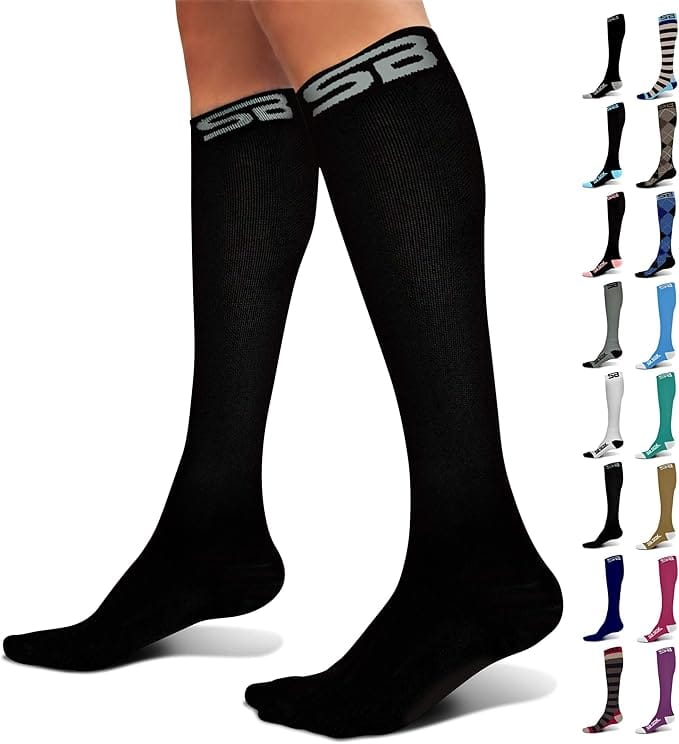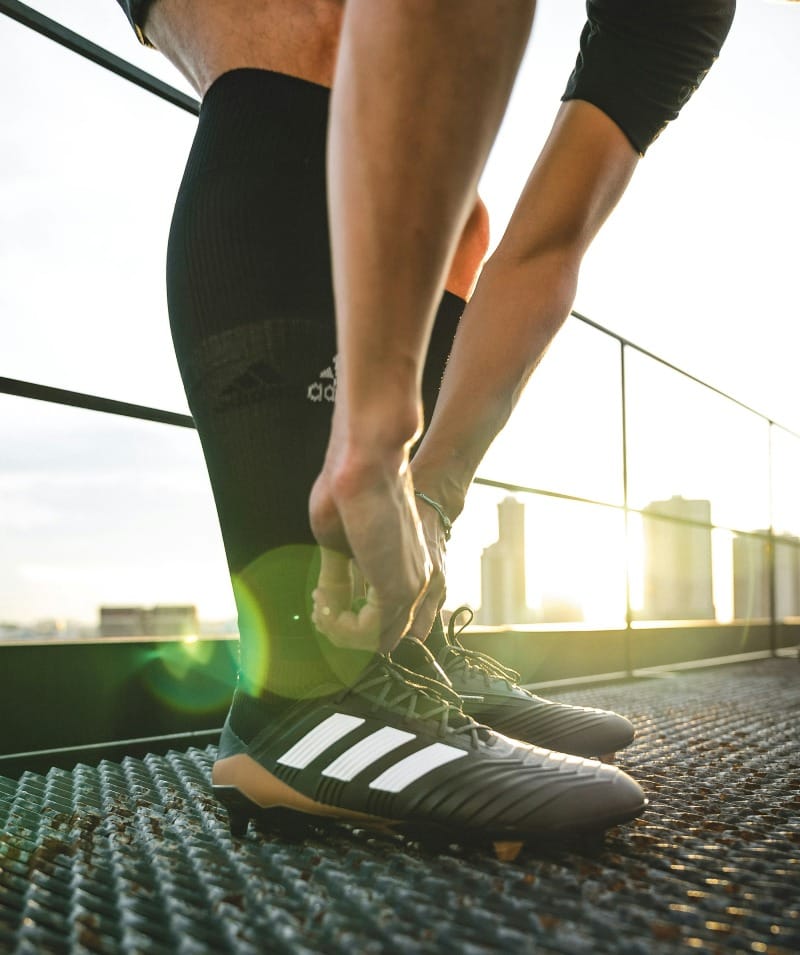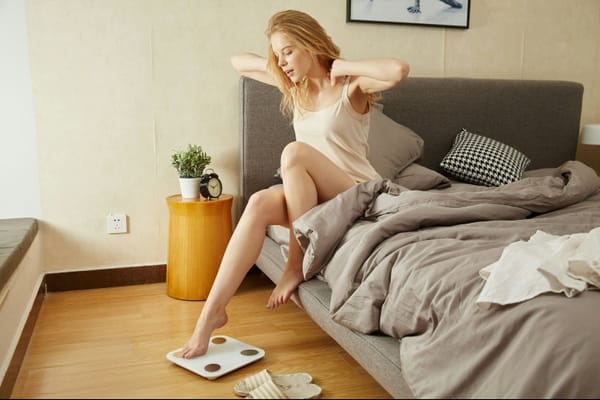Compression socks have gained popularity among athletes, travelers, and those with circulation issues. But what does the science say about their effectiveness? Let's dive into the research and explore the potential benefits of these snug-fitting garments.
Key takeaways:
• Compression socks may improve blood flow and reduce swelling
• They could enhance athletic performance and recovery
• Different compression levels suit various needs and conditions
• Proper fit and usage are crucial for optimal benefits
Compression socks for women: More than just a fashion statement
While colorful and stylish options abound, compression socks for women offer potential health benefits beyond aesthetics. Research suggests that these tight-fitting socks can improve circulation, reduce leg fatigue, and prevent swelling, especially during pregnancy or prolonged periods of sitting[1].
A study published in the Journal of Vascular Surgery found that women who wore compression socks during pregnancy experienced less leg swelling and discomfort compared to those who didn't[2]. This could be particularly beneficial for expectant mothers who are at higher risk of developing varicose veins and deep vein thrombosis.

Momcozy Compression Socks
Compression Socks for Women - 2 Pack 15-20 mmHg Graduated knee-high Compression Socks
Compression socks for men: Not just for athletes
While often associated with sports, compression socks for men can benefit various lifestyles. A 2021 study in the Journal of Strength and Conditioning Research found that male runners who wore compression socks during a marathon experienced less muscle damage and faster recovery compared to those who didn't[3].
But the benefits extend beyond athletics. Men who stand for long periods at work or frequently travel may find relief from leg fatigue and swelling by wearing compression socks. A 2019 study in the Occupational and Environmental Medicine journal reported that workers who wore compression socks experienced less leg pain and swelling during 12-hour shifts[4].

SB SOX Compression Socks
Compression Socks (20-30mmHg) for Men & Women – Compression Socks for All Day Wear
Bombas compression socks: Comfort meets function
Bombas, a popular sock brand, has entered the compression sock market with products that aim to balance comfort and functionality. While scientific studies specifically on Bombas compression socks are limited, the company claims to use graduated compression technology, which applies more pressure at the ankle and less towards the calf.
This graduated compression approach is supported by research. A 2018 meta-analysis published in Sports Medicine found that graduated compression socks were more effective in improving athletic performance and recovery compared to uniform compression socks[5].

Bluemaple Compression Socks
6 Pack Copper Compression Socks for Women and Men Circulation-Support for Medical, Running,Nursing,Athletic
Best compression socks: Finding the right fit
The effectiveness of compression socks largely depends on choosing the right pair for your needs. Factors to consider include:
- Compression level: Measured in millimeters of mercury (mmHg), compression levels range from light (8-15 mmHg) to extra firm (30-40 mmHg). A 2020 review in the European Journal of Vascular and Endovascular Surgery found that higher compression levels (20-30 mmHg) were more effective in preventing deep vein thrombosis in high-risk patients[6].
- Length: Knee-high socks are most common, but thigh-high and full-length options are available for specific needs.
- Material: Look for breathable, moisture-wicking fabrics to prevent skin irritation.
- Fit: Proper sizing is crucial for optimal benefits and comfort. Consult a healthcare professional or follow manufacturer guidelines for accurate measurements.

SB SOX Compression Socks
Compression Socks (20-30mmHg) for Men & Women – Compression Socks for All Day Wear
The science behind compression therapy
Compression therapy works by applying external pressure to the limbs, which helps to:
- Improve venous return: By squeezing the leg tissues and veins, compression socks help push blood back towards the heart, reducing pooling in the legs[7].
- Reduce inflammation: The pressure can help prevent fluid buildup in the tissues, reducing swelling and discomfort[8].
- Enhance muscle oxygenation: Improved blood flow may lead to better oxygen delivery to muscles, potentially improving performance and recovery.
While the mechanisms are well-understood, it's important to note that individual responses to compression therapy can vary. A 2021 systematic review in the British Journal of Sports Medicine found that while compression garments generally had positive effects on recovery, the magnitude of these effects differed among individuals.
Conclusion: Weighing the evidence
The scientific literature suggests that compression socks can offer benefits for circulation, athletic performance, and recovery. However, they are not a one-size-fits-all solution. The effectiveness depends on factors such as the specific condition being addressed, the level of compression, and proper usage.
For those considering compression socks, it's advisable to consult with a healthcare professional, especially if you have underlying health conditions. Remember that while compression socks can be a helpful tool, they should be part of a broader approach to health and wellness that includes regular exercise, a balanced diet, and proper hydration 🧦
Interested in learning more about the latest developments in health and longevity science? Sign up for our newsletter to stay informed about cutting-edge research and evidence-based wellness strategies.
References:
- Rabe, E., et al. (2018). Indications for medical compression stockings in venous and lymphatic disorders: An evidence-based consensus statement. Phlebology, 33(3), 163-184.
- Mendoza, E., & Amsler, F. (2017). A randomized crossover trial on the effect of compression stockings on nausea and vomiting in early pregnancy. International Journal of Women's Health, 9, 89-99.
- Engel, F. A., et al. (2021). Wearing compression socks during exercise and 24-h recovery on muscle damage markers, soreness and performance in runners. Journal of Strength and Conditioning Research, 35(8), 2262-2268.
- McCulloch, R., et al. (2019). The effect of compression socks on leg pain and discomfort in nurses: A randomized crossover trial. Occupational and Environmental Medicine, 76(9), 611-617.
- Engel, F. A., et al. (2018). Compression garments and recovery from exercise-induced muscle damage: a meta-analysis. Sports Medicine, 48(8), 1699-1712.
- Lim, C. S., & Davies, A. H. (2020). Graduated compression stockings. Canadian Medical Association Journal, 192(46), E1397-E1398.
- Partsch, H. (2012). Compression therapy: clinical and experimental evidence. Annals of Vascular Diseases, 5(4), 416-422.
- Mosti, G., et al. (2015). Compression therapy in mixed ulcers increases venous output and arterial perfusion. Journal of Vascular Surgery, 62(2), 452-460.
- Born, D. P., et al. (2013). A novel compression garment with adhesive silicone stripes improves repeated sprint performance – a multi-experimental approach on the underlying mechanisms. BMC Sports Science, Medicine and Rehabilitation, 5(1), 21.
- Hill, J., et al. (2021). Compression garments and recovery from exercise-induced muscle damage: a meta-analysis. British Journal of Sports Medicine, 55(10), 550-557.
Citations:
- https://www.nytimes.com/wirecutter/reviews/wellows-compression-socks-review/
- https://pedorthic.ca/benefits-of-compression-socks/
- https://oklahomaheart.com/blog/what-you-need-know-about-compression-socks-you-buy
- https://health.clevelandclinic.org/what-you-should-know-about-compression-socks
- https://www.cepcompression.com/pages/reviews
- https://www.irunfar.com/best-compression-socks
- https://www.ausmed.com/learn/articles/compression-stockings













Member discussion